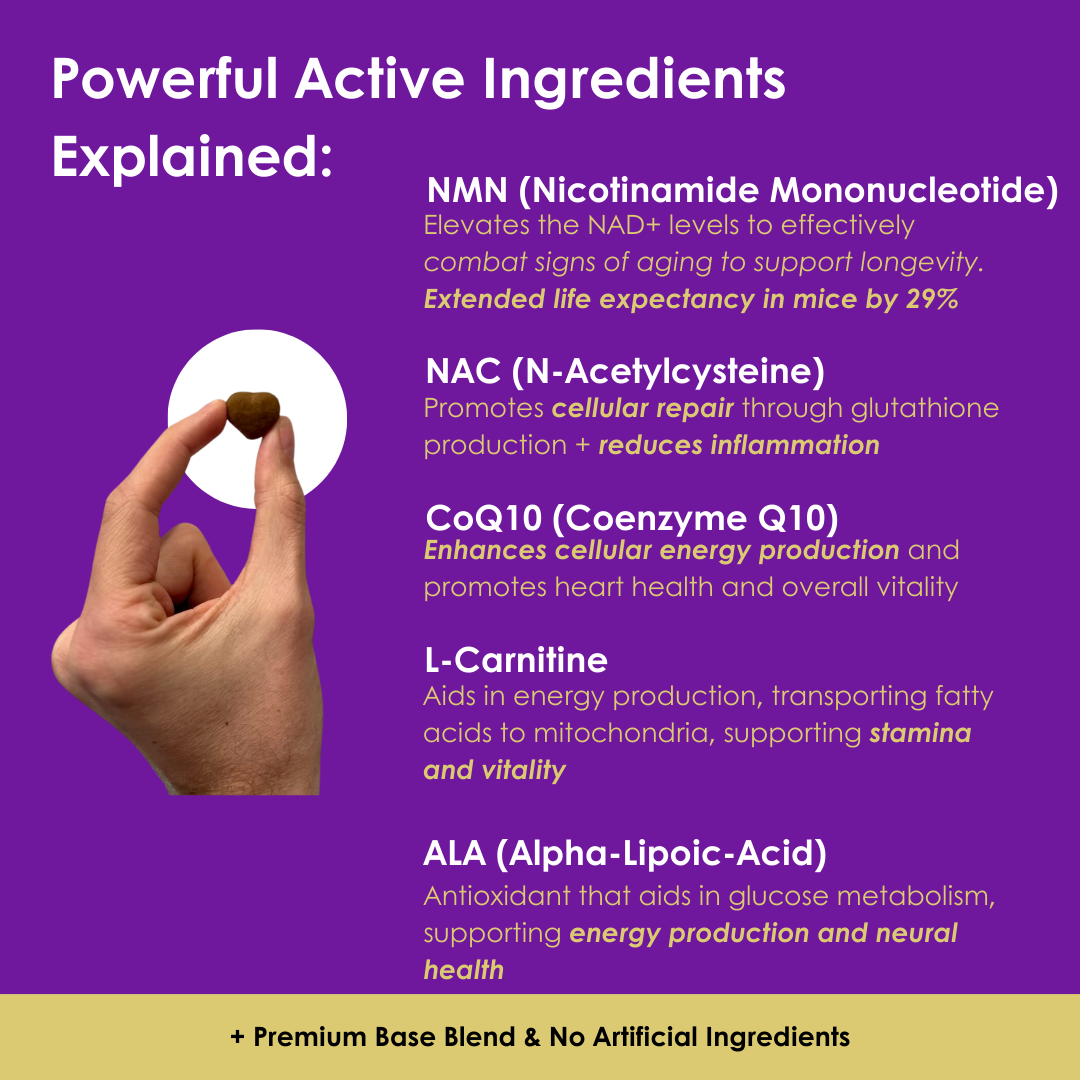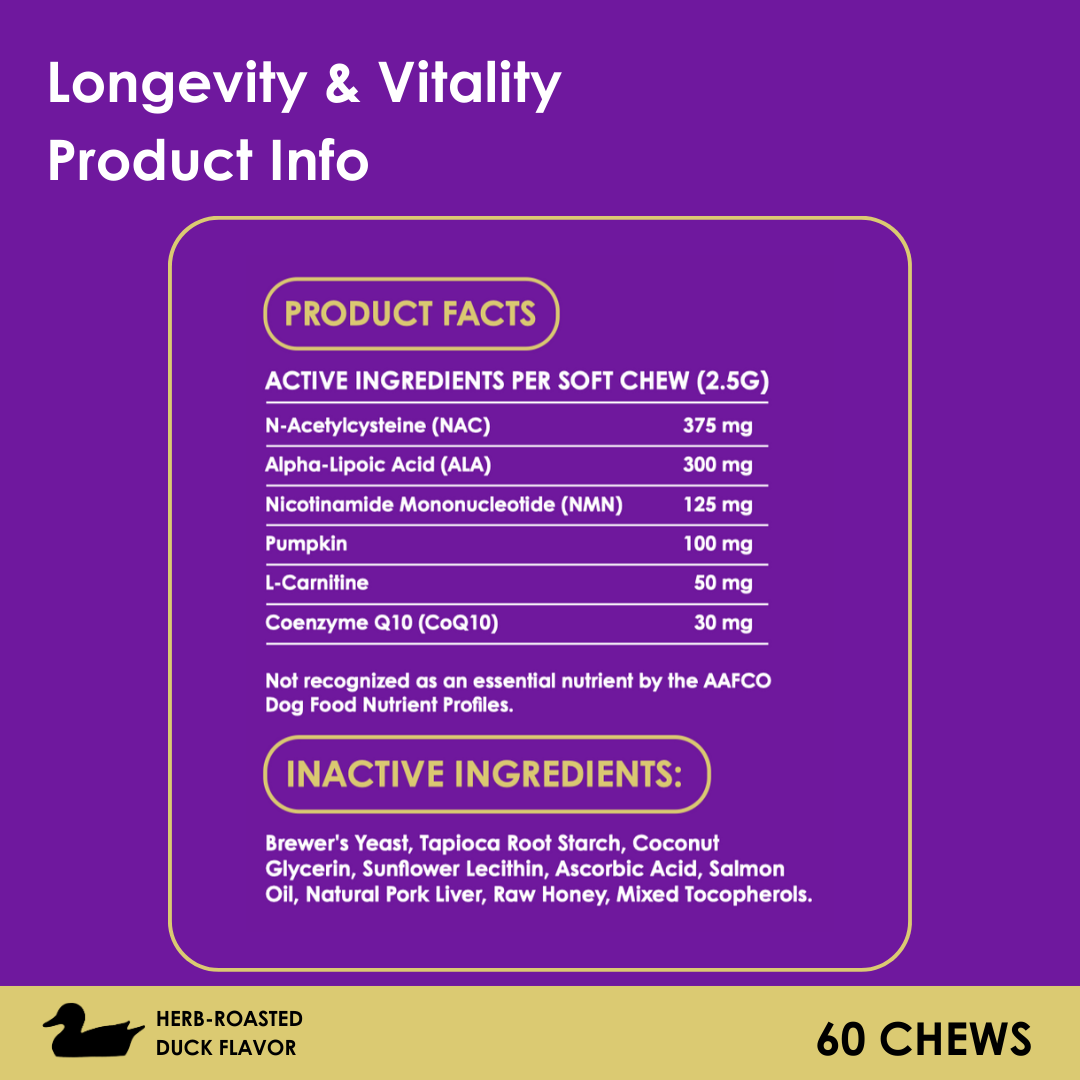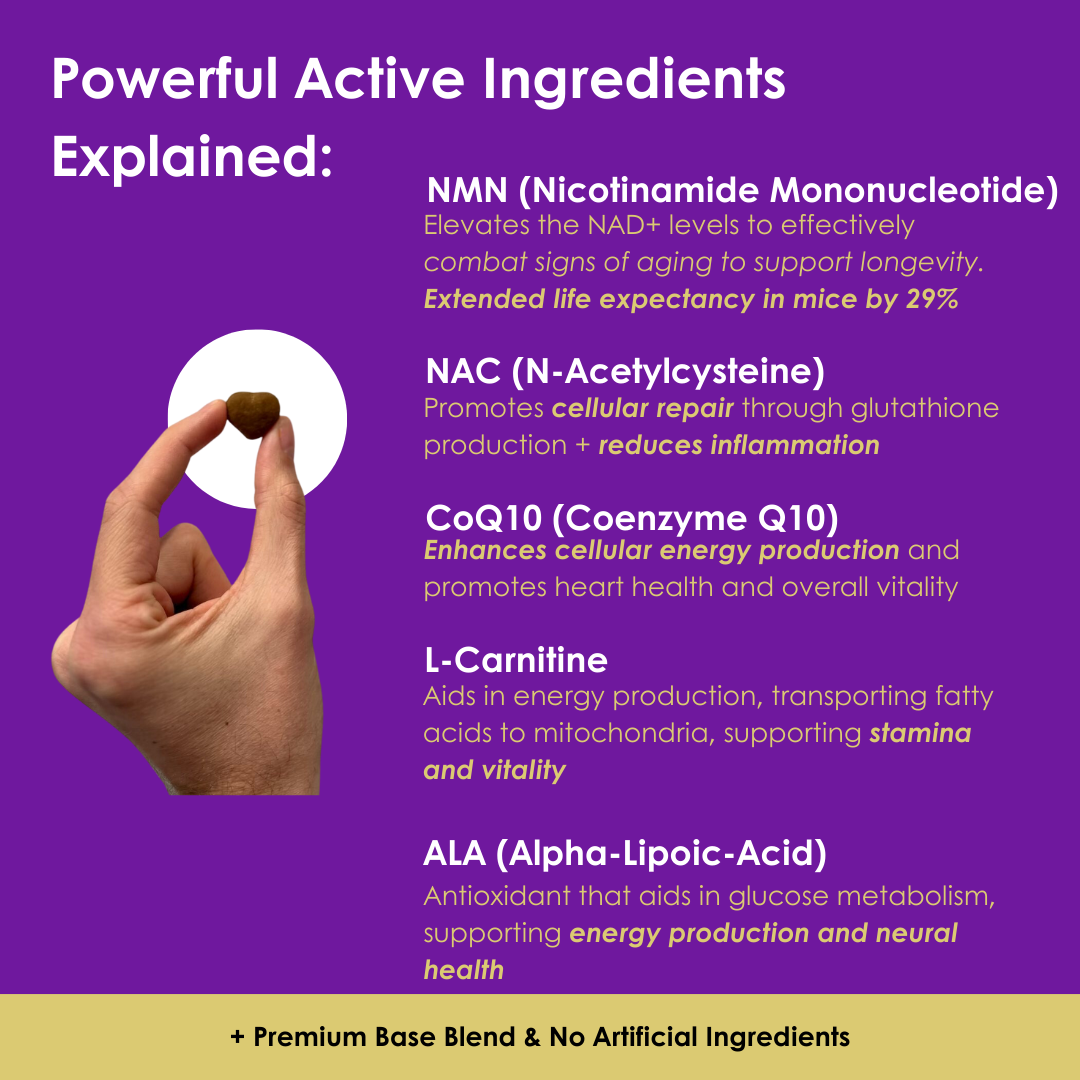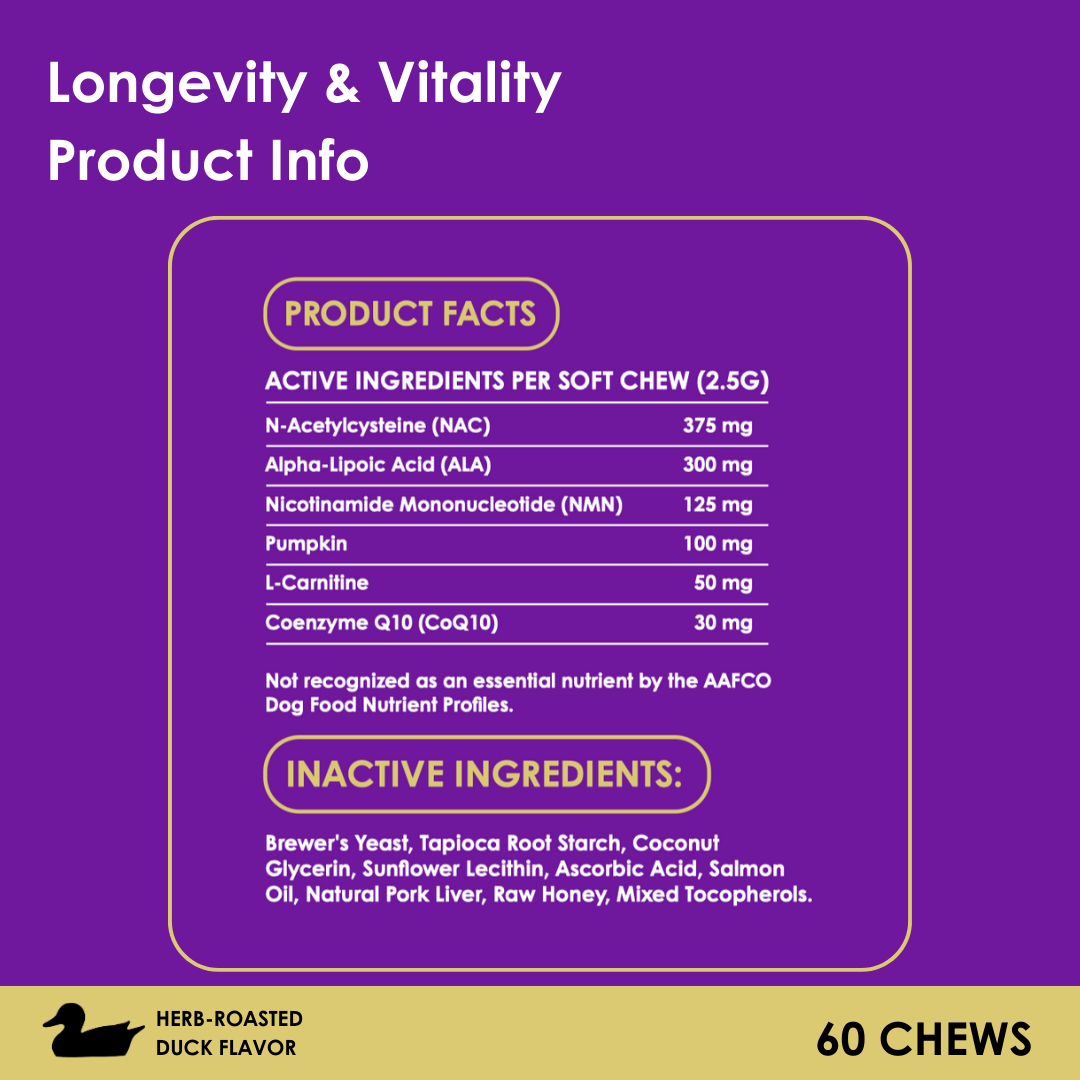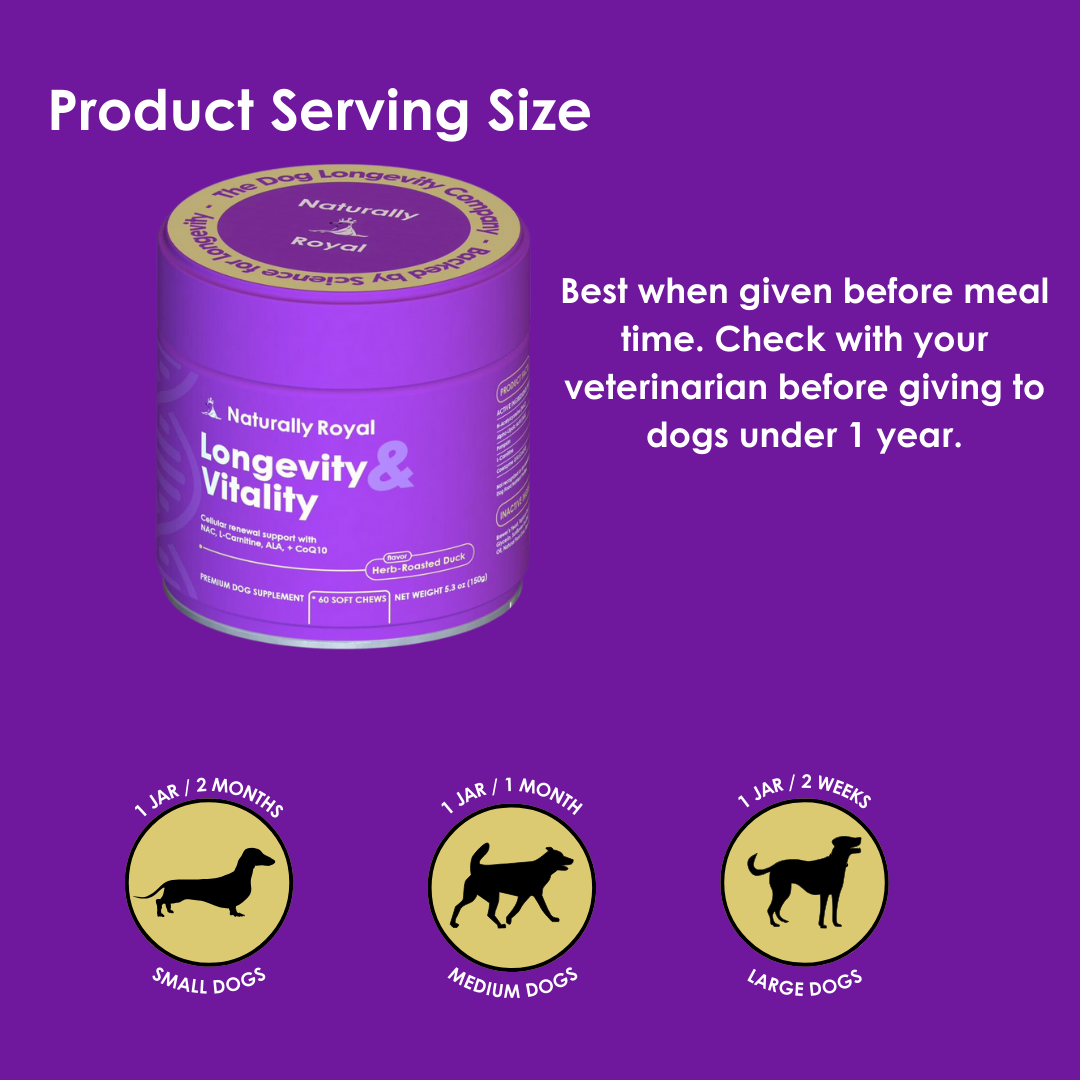Canine Diabetes: Understanding, Preventing, and Managing for a Long, Happy Life
We’ve had a few discussions about canine diabetes in our community, so I wanted to cover it in detail. Diabetes in dogs is a condition that, while serious, can be managed effectively with the right care. Let’s do an overview of canine diabetes, tips for prevention, and advice on managing the condition to ensure our dogs enjoy a long, happy life.
Understanding Canine Diabetes
Canine diabetes occurs when a dog's body either doesn't produce enough insulin or can't use insulin effectively. Insulin is a hormone crucial for converting sugar in the blood into energy. Without proper insulin function, sugar accumulates in the blood, leading to various health issues.
Symptoms to watch for include excessive thirst, increased urination, weight loss, decreased appetite, cloudy eyes, and chronic infections.
Prevention of Canine Diabetes
While not all cases of diabetes can be prevented, especially those due to genetic factors, there are steps you can take to significantly reduce your dog's risk:
-
Healthy Diet: Feed your dog a balanced diet rich in nutrients and low in fats and simple carbohydrates. Avoid sugary treats and human food that can spike blood sugar levels. Here’s a guide on the healthiest foods.
-
Regular Exercise: Maintain a regular exercise routine to help your dog stay at a healthy weight. Obesity is a significant risk factor for developing diabetes.
-
Routine Check-Ups: Regular vet visits can help catch early signs of diabetes and other conditions that might increase the risk of developing diabetes, such as pancreatitis or hyperadrenocorticism (Cushing's disease).
Managing Canine Diabetes
If your dog is diagnosed with diabetes, managing their condition involves a combination of insulin therapy, diet, exercise, and regular monitoring.
-
Insulin Therapy: Most diabetic dogs require insulin injections. Your vet will guide you on the type of insulin and the correct dosage for your dog. Proper storage and handling of insulin are crucial.
-
Dietary Management: A consistent, high-fiber diet helps regulate blood sugar levels. Your vet may recommend a special diabetic dog food or a tailor-made diet plan.
-
Exercise: Regular, moderate exercise helps control blood sugar levels but keep the routine consistent to avoid sudden drops in blood sugar.
-
Monitoring: Regularly monitor your dog's blood sugar levels. This might involve urine glucose strips or blood glucose monitors. Watching for symptoms of both high and low blood sugar is essential for adjusting treatment as needed.
While a diabetes diagnosis might feel daunting, many dogs with diabetes live full and active lives. With careful management, including insulin therapy, dietary adjustments, regular exercise, and monitoring, your dog can continue to be a happy and vital member of your family.




